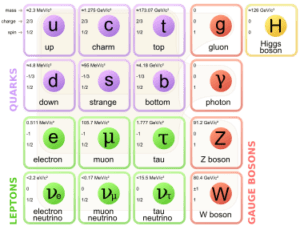A minimal theory in physics is a theory that accounts for known phenomena with the simplest approach conceivable. Of course, “simplest” is not a precise term. In general, a minimal theory explains observations within the existing understanding of physics. It adds no new principles.
Note: The term “theory” in physics is much more than a verbal explanation. In physics the term “theory” is reserved for an accurate mathematical description of observed phenomena. For example, the first real theory of quantum mechanics was provided by the Shrodinger Equation. Prior to development of this equation, physicists could not provide an accurate and coherent mathematical description of the behavior of quantum particles.

However, the minimal theory approach does not always turn out to be an accurate description of reality. For example, this was eventually found to be the case for the original theory of neutrinos that was developed within the principles of the Standard Model. Theoretical physicists developed mathematical equations for neutrino behavior on the assumption that neutrinos have no mass. They considered this a minimal theory approach because it accorded with the existing principles embodied in the Standard Model. However, experimentalists found in 1998 that neutrinos, do, in fact, have a tiny amount of mass. This is a deviation from the principles of the Standard Model and requires revisions to it.
